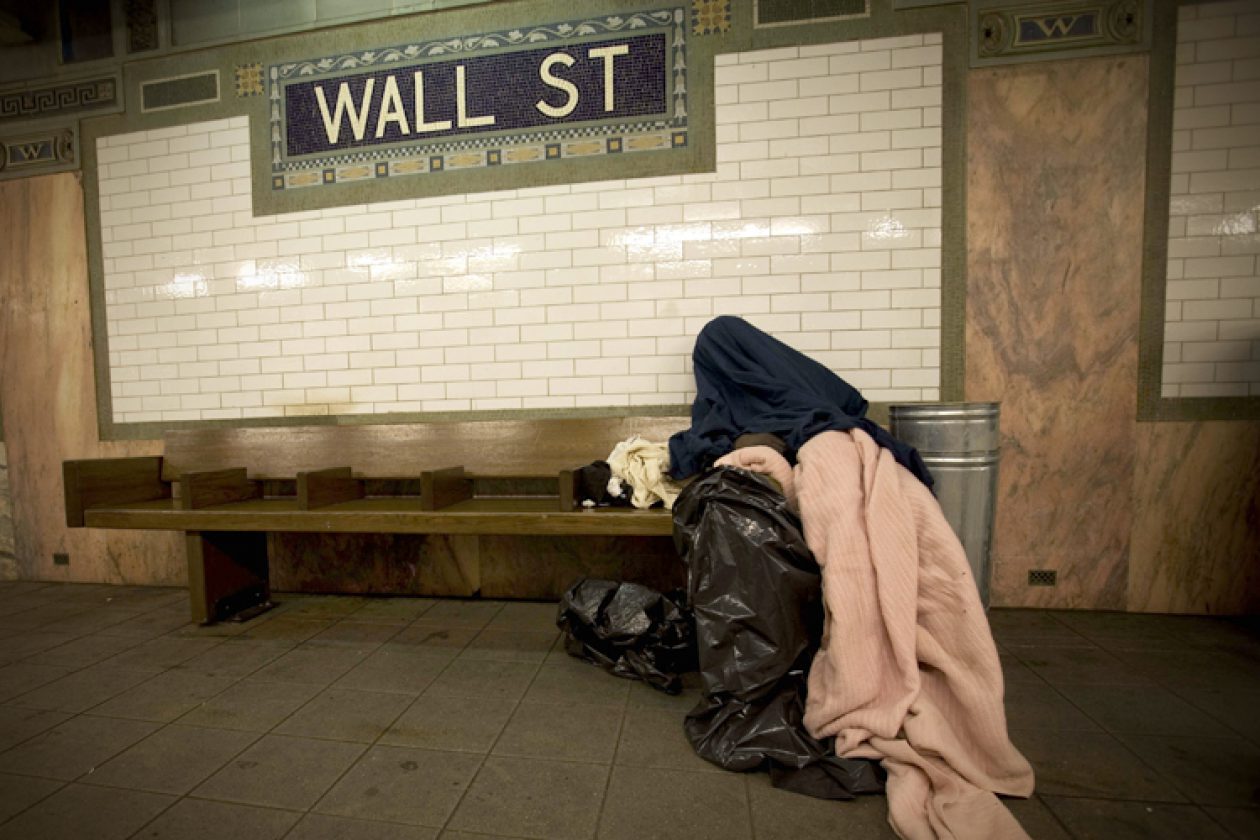Anyone can be homeless. In fact many people over the course of their lives can claim that they were homeless for one period or another. The image of a homeless person can be vastly varied and the circumstances surrounding them equally vast.
Being homeless can happen to anyone and for a variety of reasons, from young children to the elderly, from the rich and poor, to men and women. There are many groups of people more at risk for becoming homeless with leading factors being, low income, lack of affordable housing, sexual orientation, age groups both in young people and the elderly (both groups not being able to provide for themselves).
Each group has its own unique factors that accompany it for example in a NY Times article on Homeless youth. The article brings up the fact that homeless youth often are visible and in plain sight and yet are not often viewed as homeless because they blend in with the environment
Part of the issue is that when dealing with number, is that we are typically looking at the “visible” homeless, or people who go through shelters or organizations who help homeless people. This leaves a large portion of the unseen homeless unknown and unrecorded. Which in turn can lead to misrepresentation and lack of understanding of the depth of the problem. We are left to rely on ballpark estimates on the numbers as it is difficult to get a good survey of people who do not have a residence. Among the many problems that people who do not have residence is the lack of awareness due to lack of residence
The number of homeless people in NYC circa October 2016 who spent a night in a homeless shelter is 62,306 people which further breaks down into 15,769 families with 24,121 children. However high these numbers are, they do not represent the actual amount of homeless, merely the number of people who had spent nights in homeless shelters in the month of October. With that in mind there are many “undocumented” homeless who live exclusively on the streets, or in communities outside of city shelters. Proof of this is that in the 2016 fiscal year there have been 127,652 different men, women and children who have spent in nights in NYC shelters. And yet this does not give us a true number of people.



